Ok ok... let's just get a few things straight before we go ogling at the images contained within this post. First and foremost, I have
never been a Jpg shooter. Ever since I owned my first DLSR (Pentax K-50) I have shot RAW. Not because I am some purist, but because I was told (at the time, 2-3yrs ago) that RAW was better for editing and gave greater dynamic control. For a newbie shooter this was attractive as mistakes will be made as I learn this craft, RAW has more data, simple as that.
Now 2-3yrs later, as I have become more proficient (getting things more right in camera and correcting less exposure errors etc), I am shooting in
some situations Jpg, usually for better buffer limits or longer high continuous sustained bursting and even possibly less work in PP (as the Jpg file I am using is somewhere more to where I want it to be than a 'dull' RAW file that needs a little more TLC).
A recent conversation on this forum, a member stated they were unconvinced that the Jpgs they were generating were in someway inferior, unable to be manipulated to the same degree as a RAW file. This prompted me to 'lay into them' about all the benefits of RAW (bla bla bla, yada yada yada). I mentioned how one time I saw this incredible shot from the K-1, a shot taken inside some old warehouse and included a large window with perfectly exposed trees, clouds and sky outside to be seen, this in addition to some wonderful well let interior items as well. It looked HDR to me, but the user indeed reported it was not, just proof of the fantastic dynamic range "
of the RAW K-1 files".
I thought this would be a good example of proving to this forum member of how a Jpg cannot match a RAW file so I set out to do just that, recreate that kinda scenario.
What I discovered next came as a bit of a shock, I am trying to understand what is going on (hence this post), because my own interpretation of the file/s suggest to me that perhaps the Jpg
somehow has a better recoverability of shadows and highlights than what the RAW file itself... which makes no sense at all.
Ok, so onto the image itself.
The EXIF first;
K-1+FA77
1/200
f1.8
ISO 400
EV -2.0
WB 5000k
Adobe RGB
Custom Image Natural, nothing changed, all values 0
It is important to note that
all Jpg processing was off during the shot (DNG) and that no Jpg processing was turned on during the conversion
in the camera of RAW > Jpg. (Yep... just to be clear the shot itself was just a single RAW DNG file, not a RAW+ where a Jpg is created at the time along with).
Now, I'd display the RAW file here, but of course it won't show, so this first image below represents the RAW DNG file imported into LR and exported straight away as a Jpg with no editing whatsoever. You can now understand the -2.0EV logic (I was intending to protect highlights in the shot, bring up exposure slightly and large boost to shadows to bring the interior detail up.
DNG file as a Jpg Export, no editing at all.
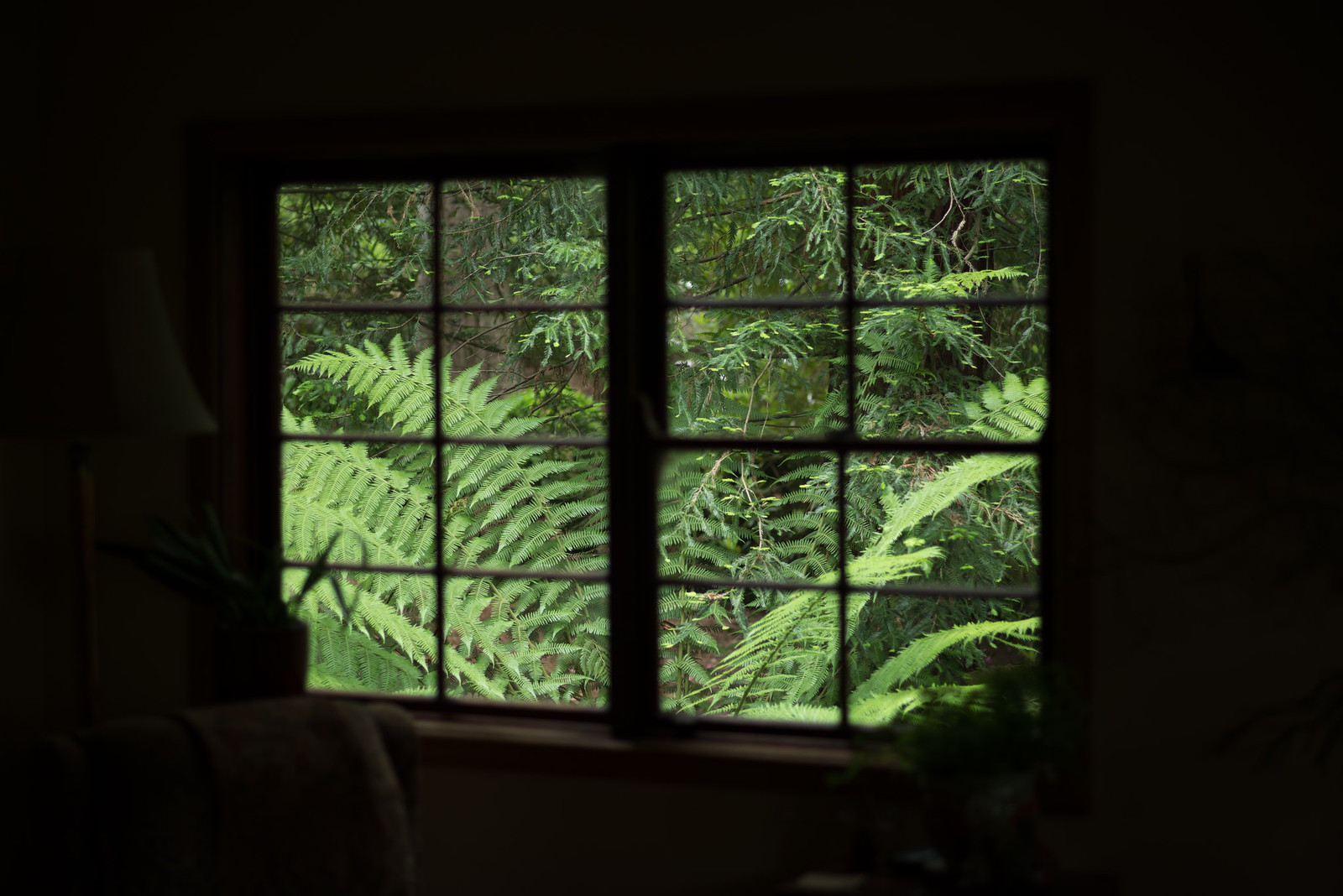
The actual RAW file can be found here;
Microsoft OneDrive - Access files anywhere. Create docs with free Office Online.
Next up I show you the Jpg of the RAW DNG file that has been converted to Jpg via the K-1 Camera. This Jpg hasn't even seen LR at all (so it's
not a Jpg Import and Export Jpg from LR)

You can download this file here;
Microsoft OneDrive - Access files anywhere. Create docs with free Office Online.
Ok, so now I go back to the DNG file in LR. I make the following adjustments only;
Exposure +0.83
Contrast +43
Highlights -100
Shadows +100
Whites +29
Blacks 0
That's it, no more, no less. I put the Highlight warning on and felt that these adjustments
almost started setting off a few off red blinkies (but not quite). The attempt was to
very basically try and get an image that didn't ruin the content outside of the window but also brought some context to the interior (whilst pushing the limits of Highlights and Shadows range).
Here is the DNG file with those adjustments exported as a Jpg;
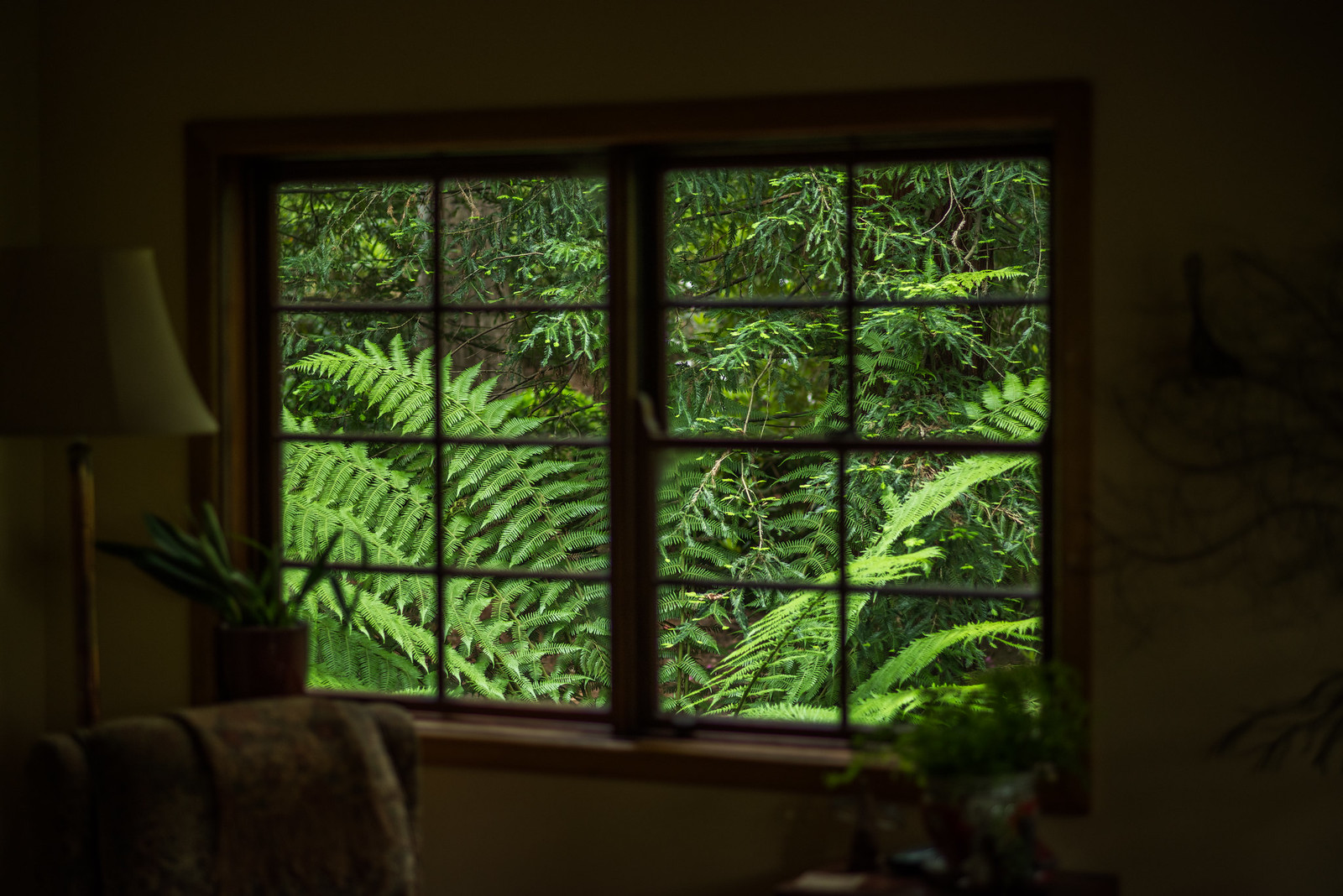
You can either make those same adjustments with the DNG file available above, or grab the Jpg version seen above from here;
Microsoft OneDrive - Access files anywhere. Create docs with free Office Online.
Next up. For the first time I import the Jpg that was generated from within the camera body of the K-1 into LR. I too then make the
exact same adjustments, or use the 'Sync' feature. This is what it looks like;
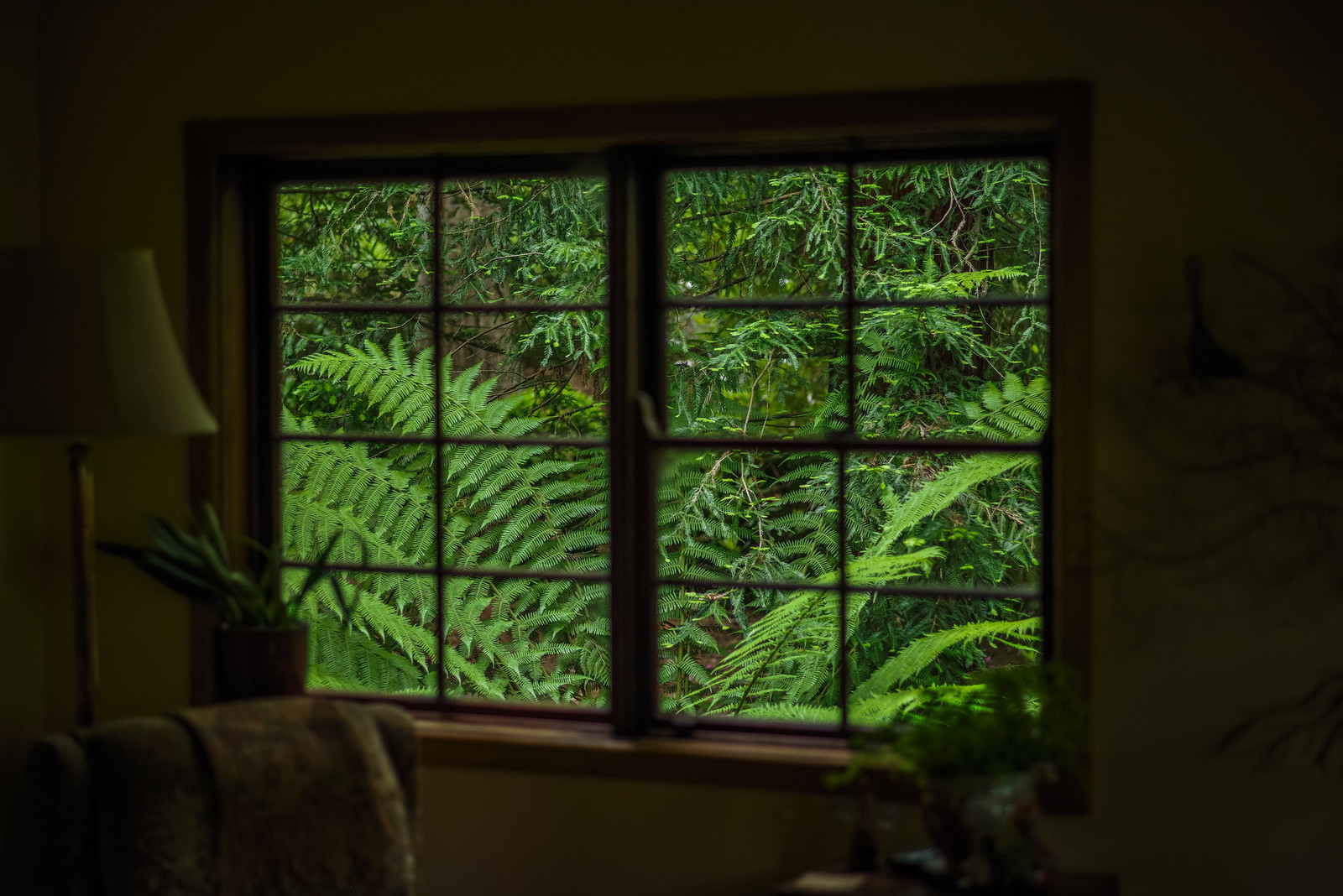
You can download the file and have a look for yourself here;
Microsoft OneDrive - Access files anywhere. Create docs with free Office Online.
Now is it my imagination or does the Jpg look like it's managing to control highlights and shadows
better than the actual RAW DNG file? Take a look at the brightest fern leaf/branch towards the edge of the window on the right. Which one looks closer to putting red blinkies on, the RAW file or the Jpg?

Let's take a closer look.
Here's a cropped version of the same DNG file above with those same adjustments on that fern branch that is brightest (exported as a jpg of course);

Download this file here if you like;
Microsoft OneDrive - Access files anywhere. Create docs with free Office Online.
And now the same crop this time the aforementioned In Camera Jpg version (with adjustments);
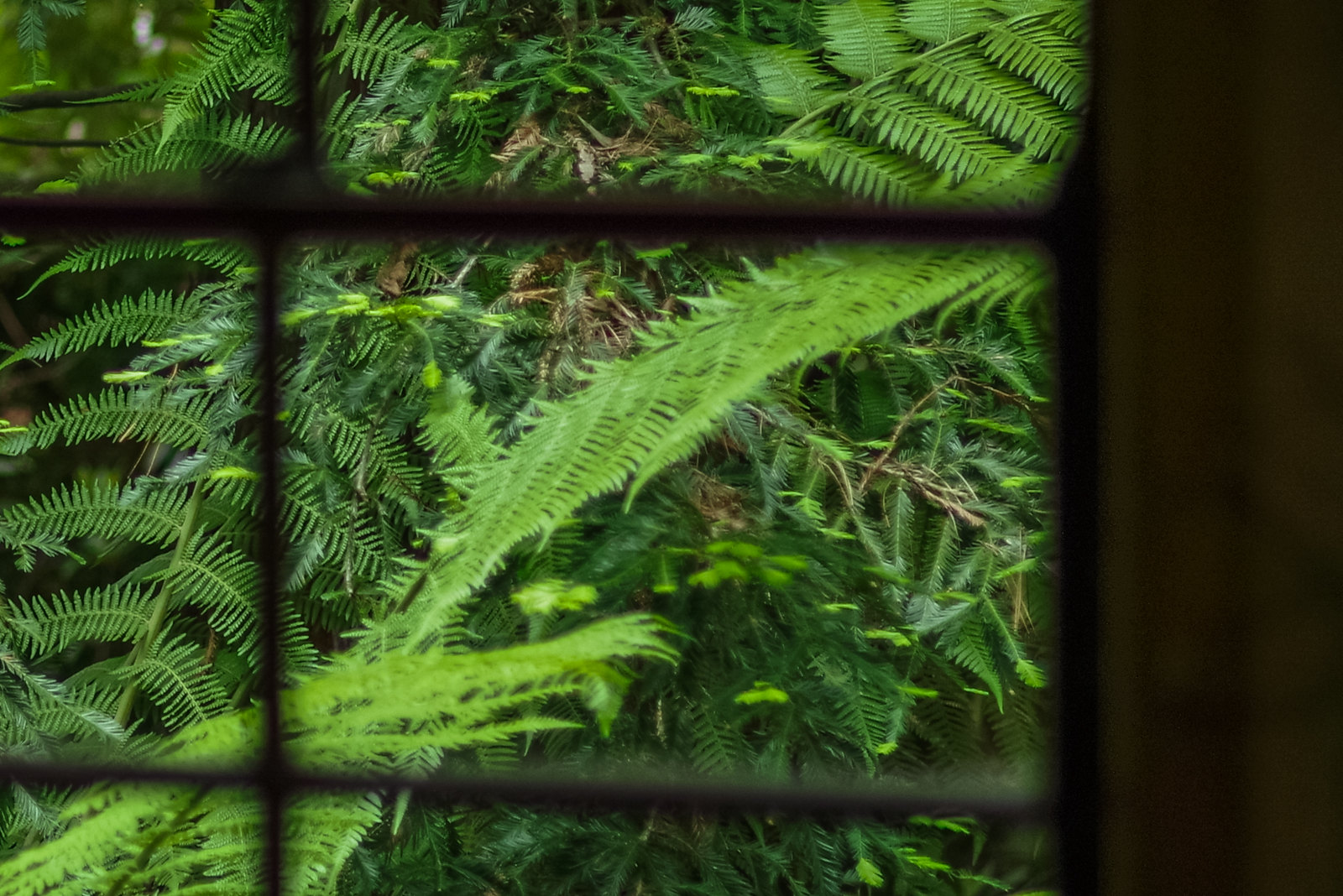
Download here;
Microsoft OneDrive - Access files anywhere. Create docs with free Office Online.
Now... I wasn't expecting this at all. To my eyes the Jpg is superior, it has
more room to move in both in terms of Highlights and Shadows (I could
increase Exposure or Whites to the overall image before reaching what the fern is looking like in the RAW file).
I'm not saying I am happy with the final image here, this was all just a test, but I really expected the opposite to be true. Actually... the very fact they are even
this close is surprising to me!
So now I'm left wondering a few things;
1) Have I somehow skewed things to not being fair, somehow biased towards Jpg?
2) Have things progressed far better for Jpg manipulation?
3) Is my interpretation wrong, do you disagree with me?
4) Is the nature of my test shot somehow a bad example (-2.0 EV etc), would a more normal exposed shot be a better example of RAW's supposedly better superiority?
Right now this little experiment has me rethinking the whole RAW thing completely. There's been numerous times I have had to toggle out of RAW and into Jpg due to buffering issues or wanting a prolonged High Continuous burst that RAW just wasn't capable of. I'm not (at this point) even interested in tweaking any in camera Jpg processing, I'm happy with a dull and lifeless Jpg, just the very thought of quicker processing times, smaller file sizes, better buffer limits is actually really exciting...
Well sorry for the long post but I felt it was important.
TIA!
Bruce


 Similar Threads
Similar Threads 













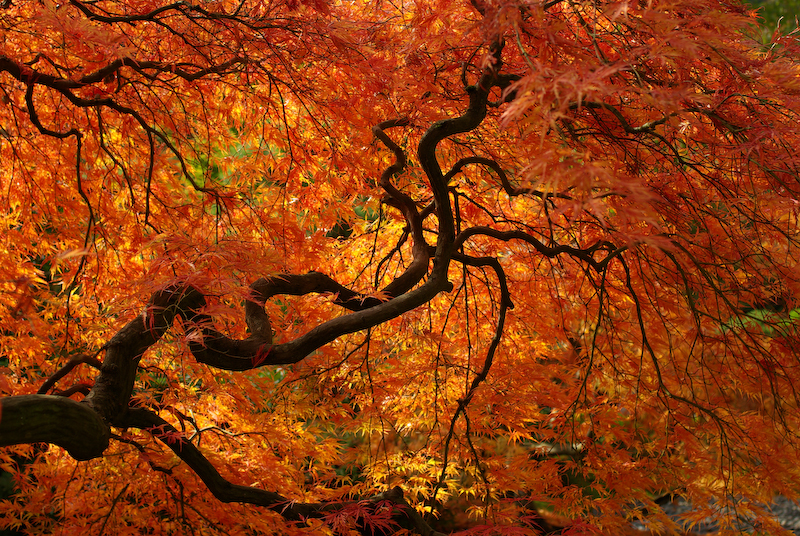
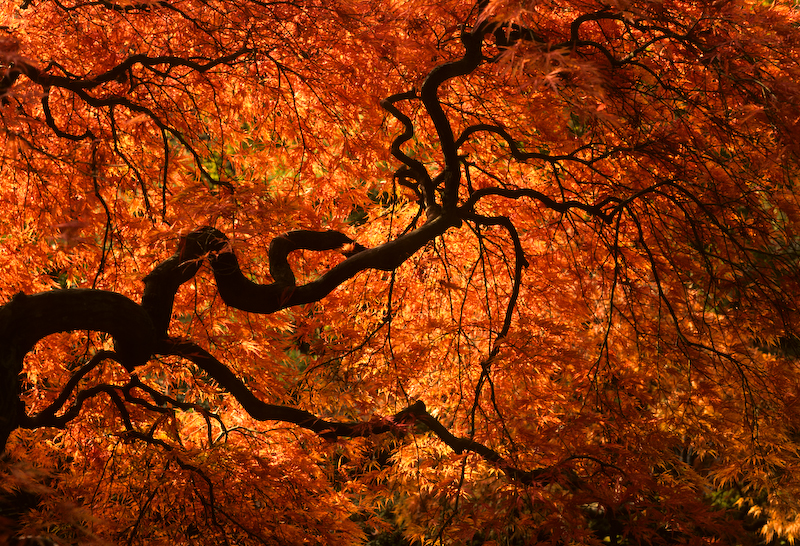
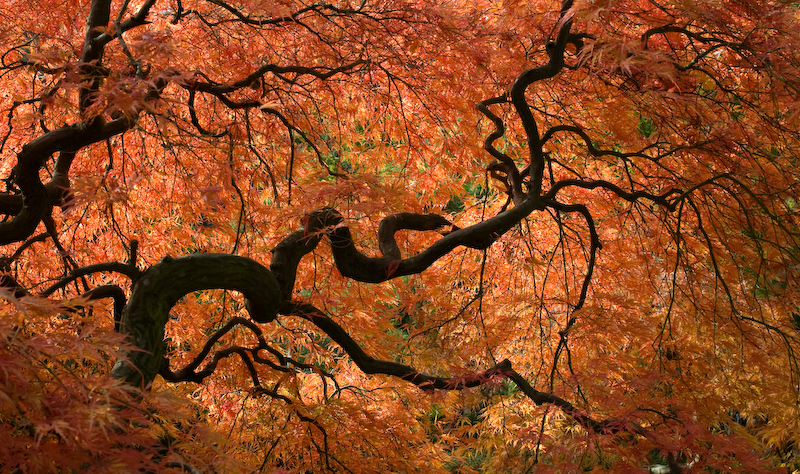






 Post #22 by stevebrot
Post #22 by stevebrot








